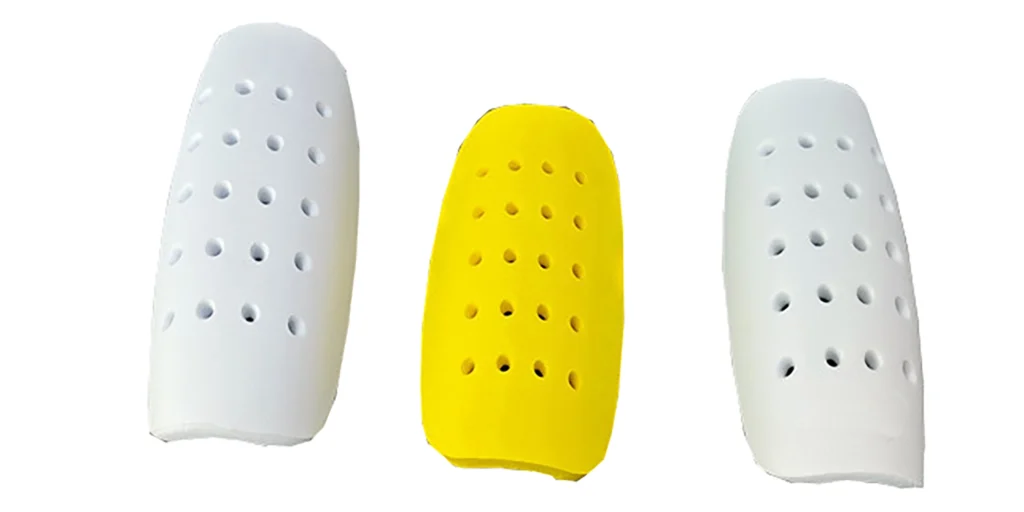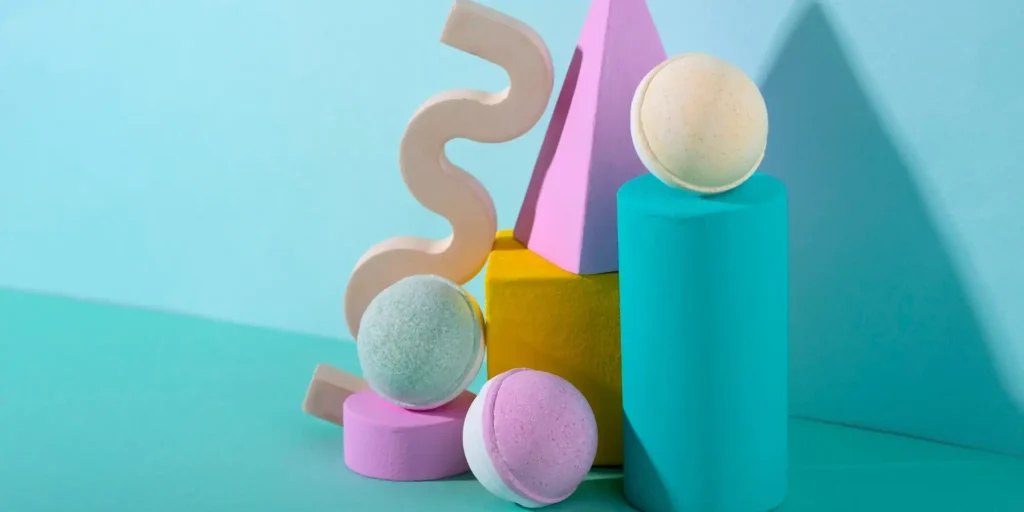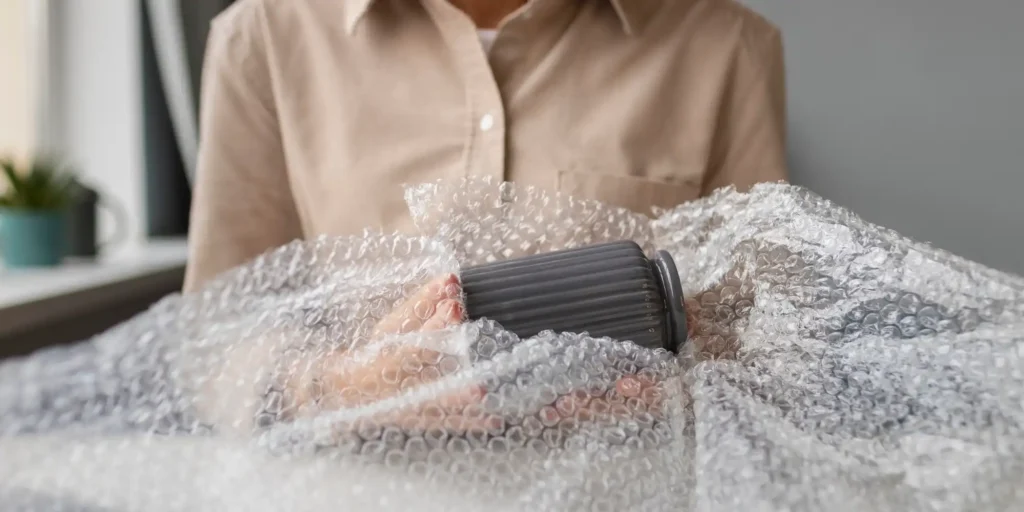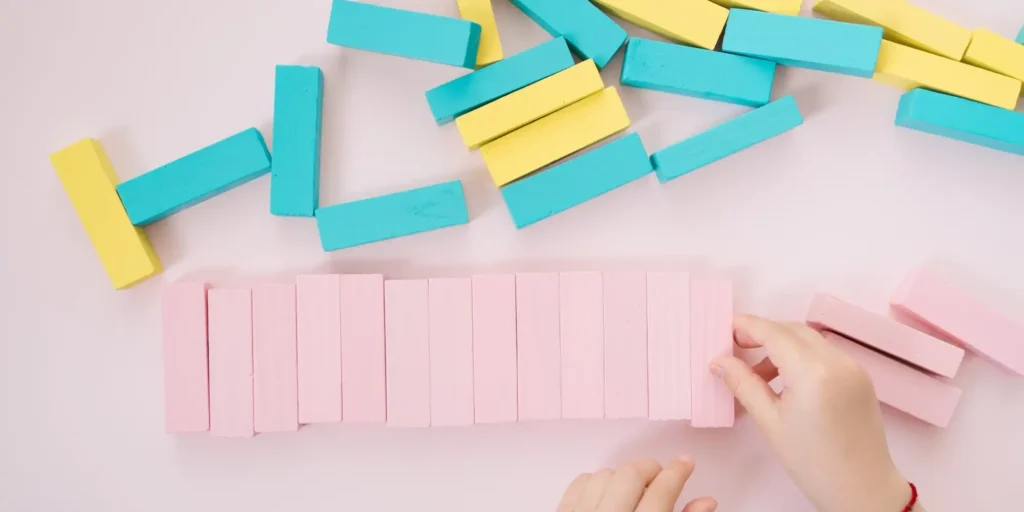Abstract
This article provides an in-depth analysis of the current children’s play mat market, with a special focus on why EVA (ethylene-vinyl acetate) material has become the preferred safety standard for parents. From physical properties and safety certifications to market performance, we explore the multifaceted advantages of EVA, offering expert guidance for selecting reliable play mats. A detailed comparison with alternative materials further underscores EVA’s dominance.
1. Market Overview of Children’s Play Mats
Play mats have become an essential parenting accessory. Market research indicates that China’s play mat industry exceeded ¥5 billion in 2022, with projections reaching ¥8 billion by 2025. Within this booming market, EVA-based mats dominate, holding a 65% share.
This trend reflects parents’ growing emphasis on child safety. Beyond affordability and aesthetics, modern consumers scrutinize material composition—prioritizing non-toxicity and durability.
2. The Science Behind EVA Material
EVA’s molecular structure grants exceptional properties:
- Shock absorption: Superior elasticity cushions falls, reducing injury risks (absorbs 85% of impact energy—outperforming foam and PVC).
- Durability: High resistance to wear minimizes particle shedding, unlike cheaper alternatives.
- Optimal traction: A balanced friction coefficient prevents slips without being overly adhesive.
3. Safety Certifications Matter
Reputable EVA mats meet rigorous standards:
- EN71 (EU): Limits hazardous element migration in toys.
- SGS certification: Guarantees freedom from heavy metals/formaldehyde.
- CCC (China Compulsory Certification): Ensures quality compliance.
- REACH: Adheres to EU chemical safety regulations.
Premium EVA mats maintain TVOC emissions below 0.1 mg/m³—well under China’s 0.5 mg/m³ threshold.
4. Smart Purchasing Guidelines
Key considerations for parents:
- Labeling: Seek “odorless EVA” or “eco-friendly EVA” claims.
- Texture: High-quality EVA feels smooth; avoid gritty surfaces.
- Odor: Faint material scents (non-chemical) dissipate within 48 hours of airing.
- Price: ¥50–¥120 per 1cm-thick mat indicates fair pricing; suspiciously low costs may signal recycled/reduced-quality materials.
- Brands: Prioritize established manufacturers with 5+ years of specialization.
FAQ
Q1: Do EVA mats emit toxic fumes?
A: Certifiably safe EVA may have a mild, transient scent—unlike chemical odors. Ventilate new mats for 48 hours. SGS-tested products exclude formaldehyde.
Q2: EVA vs. PVC—which is safer?
A: EVA is superior. PVC often contains endocrine-disrupting phthalates, whereas EVA uses non-toxic formulations. The AAP recommends EVA.
Q3: How to clean EVA mats?
A: Weekly wiping with mild detergent suffices. Avoid harsh chemicals/sun exposure to prolong lifespan (3–5 years). Deep-clean monthly.
Q4: What age range suits EVA mats?
A: Versatile for infants (choose 1.2cm+ thickness) to elementary schoolers (modular designs foster creativity).
Q5: EVA or XPE—which is better?
A: XPE excels in waterproofing; EVA leads in cushioning. While XPE lasts longer, EVA offers cost efficiency. Both are safe—select based on needs.
WELLE Trade has over 20 years of experience in the production and processing of PE/EVA/TPE foams, so you may want to consult with them if you have any sourcing needs.




